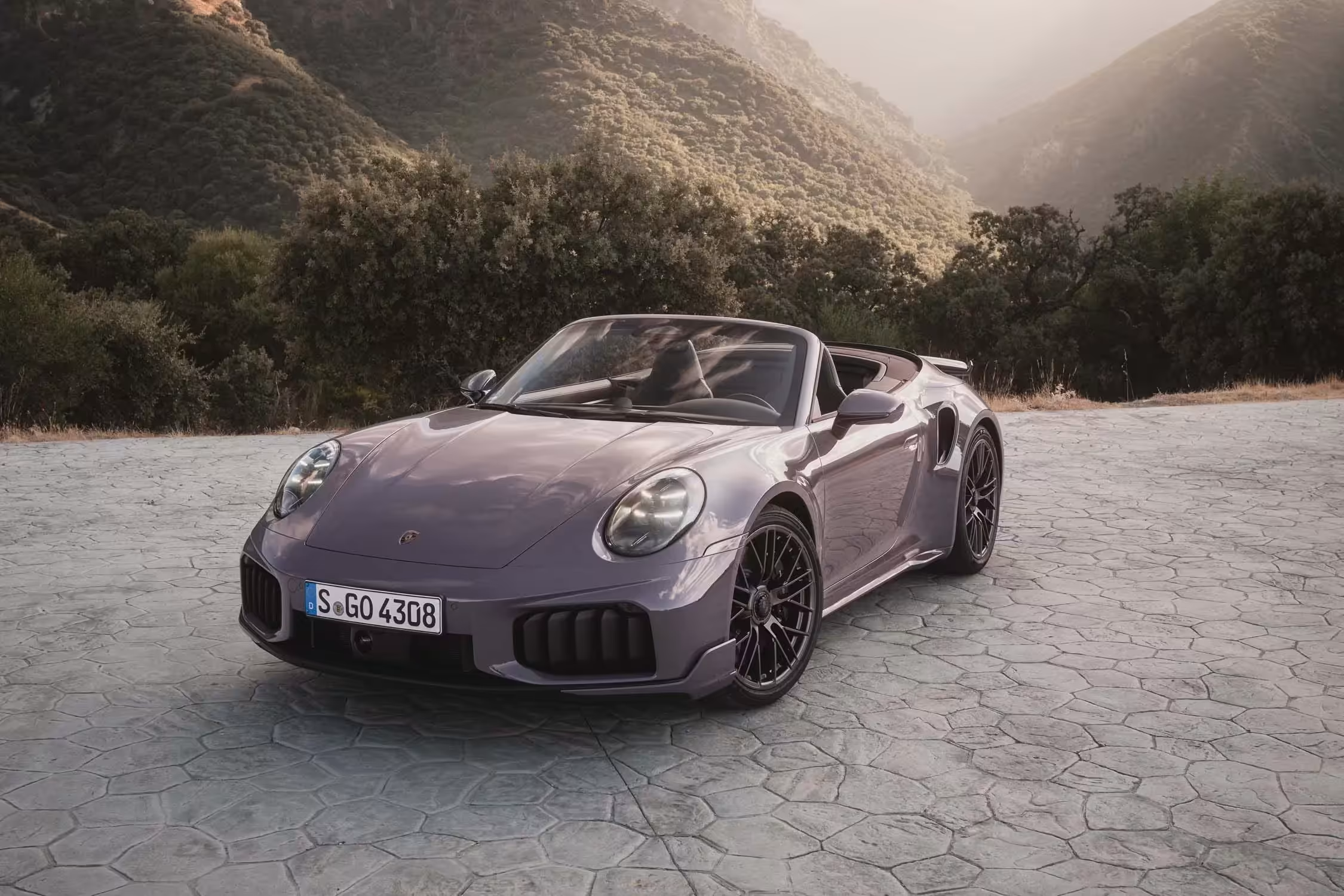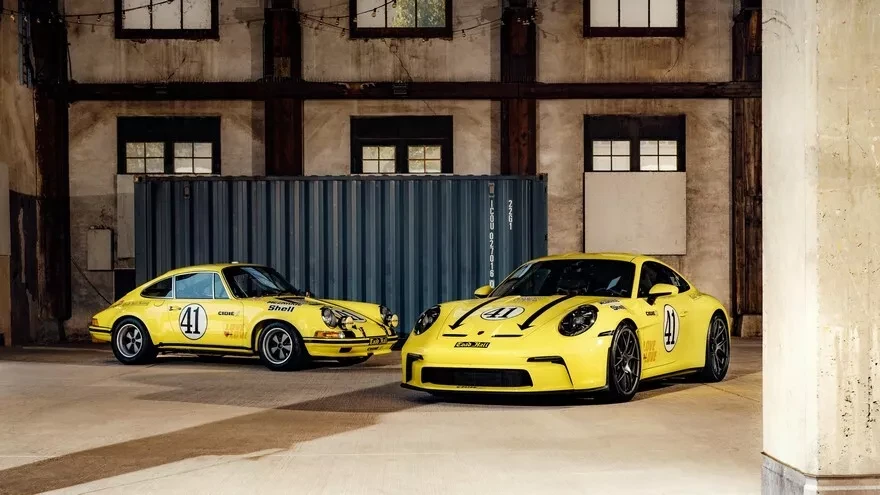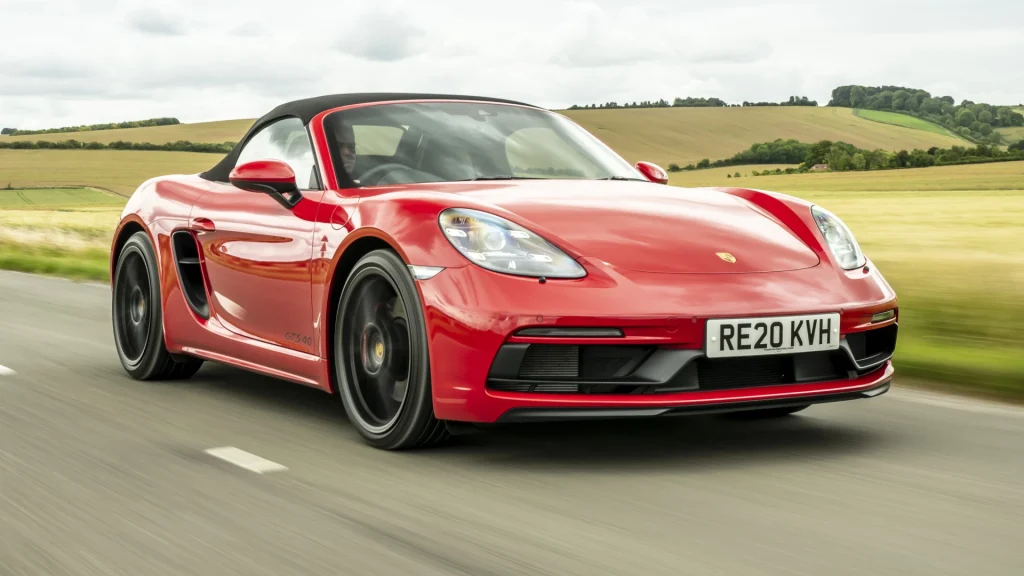Porsche surprises with the patent for an 18-cylinder W-18 engine, challenging electric hegemony. Discover the engineering behind this bold innovation.
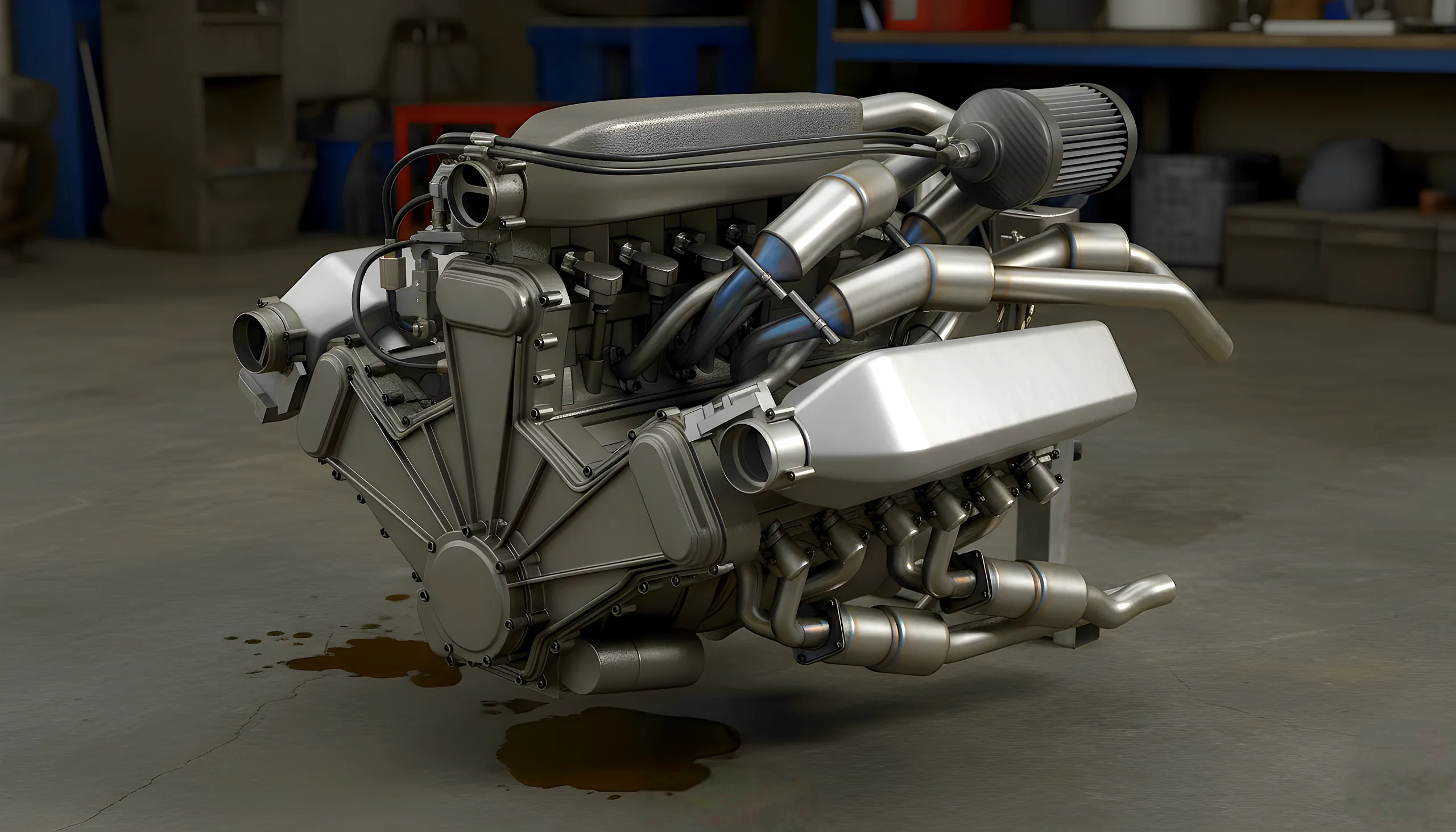
The automotive industry is undergoing an unprecedented transition, with electrification dominating the headlines. However, in a move that defies common sense and reignites the passion for combustion engines, Porsche has just patented a surprising engine design: an innovative W-shape engine with up to 18 cylinders. This development raises a crucial question: is gasoline making a comeback, or is Porsche simply protecting its engineering legacy?
The Innovative Engineering of Porsche’s W-Shape Engine
The recently revealed Porsche patent shows a bold approach to the future of combustion engines. Unlike previous designs, such as the Bugatti Chiron’s, which used two narrow V banks, Porsche’s concept features a true W-shaped engine. This means three banks of cylinders converging onto a single crankshaft, optimizing space and allowing for 9, 15, or even 18-cylinder configurations while maintaining a relatively short block.
The ingenuity of this engineering lies in the optimization of airflow. The design allows exhaust to be routed between and under the cylinders, while the air intakes are positioned on top. This ensures that the incoming air is as cool as possible, minimizing friction losses and significantly boosting performance.
“A clear separation between the air intake and the exhaust gas discharge device can be formed so that the fresh air to be sucked in cannot be heated by the wall heat.” – Excerpt from the patent (translated).
Colder air means more power, and Porsche even envisions the possibility of a turbocharger per bank, resulting in a monstrous triple-turbo W-18 engine. For multi-cylinder engine enthusiasts, this design recalls the impressiveness of other iconic projects. For example, the 1,600 hp W-16 engine of the Bugatti Brouillard has already shown what is possible in terms of power and complexity.
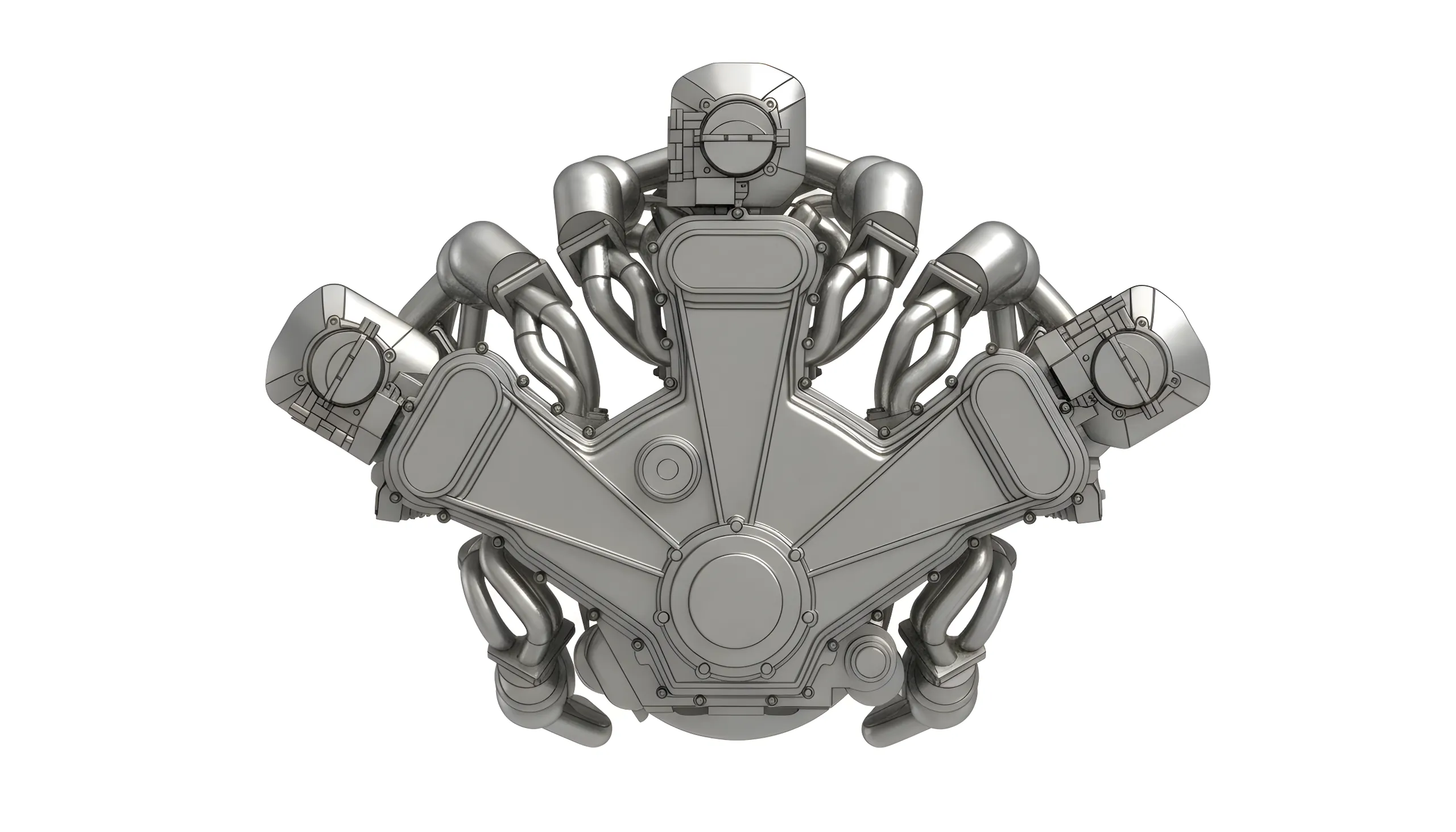
The Dilemma of Combustion Engines in the Electric Era
The patent emerges at an interesting time for the automotive industry, where electrification dominates the agenda. Major automakers, including Porsche itself, have invested heavily in electric vehicles. Recently, the brand even indicated that its next 718 models (Boxster and Cayman) would be fully electric, a move that generated heated debates among purists and led to the article “Porsche Kills Gasoline Boxster and Cayman — Next 718s Will Be Electric and Faster“.
However, this W-18 patent seems to signal that combustion engines are far from “dead.” In its diversified strategy, Porsche has also confirmed new gasoline 718s and will launch an ultra-luxury hybrid SUV, instead of a pure EV. This suggests the brand is exploring all fronts, seeking to balance electric innovation with the preservation of its high-octane performance heritage. This duality is a recurring theme in the industry, as seen in the discussion about the future of traditional sports cars versus electrified ones. Porsche itself has demonstrated this strategy, as discussed in the article “Porsche 718 Boxster and Cayman: The Combustion Engine as a Symbol of Luxury in the Near Future“.
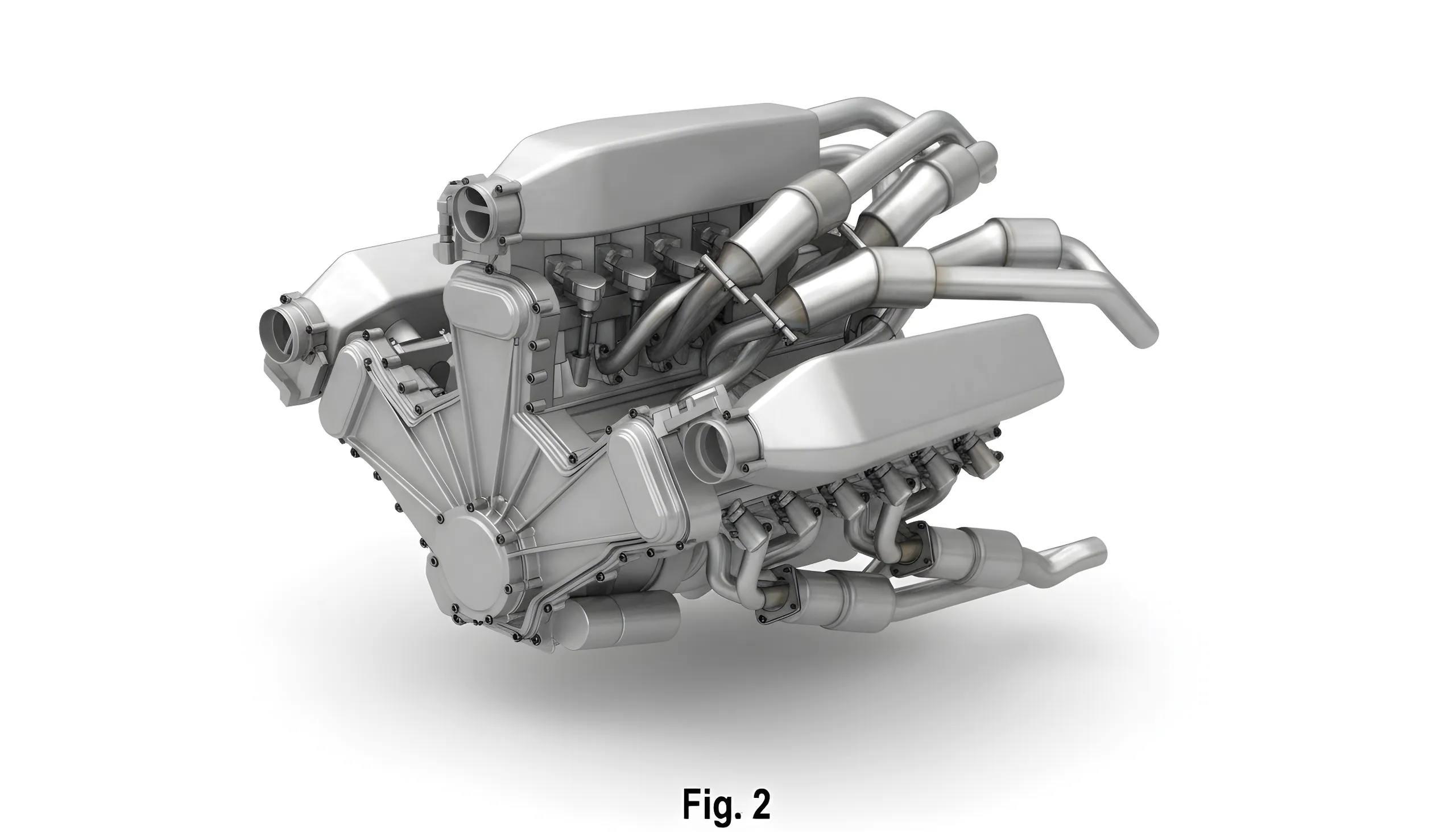
Patents and the Automotive Future: Between Protection and Reality
It is crucial to understand that granting a patent does not guarantee the production of an engine. Many patents are filed primarily to protect intellectual property and safeguard innovative engineering ideas, preventing competitors from exploiting them. The automotive industry is full of fascinating concepts that never make it to market. The history of the Pininfarina Turbio and its hybrid V12 engine, for instance, clearly illustrates the complex journey from a concept to reality.
Although Porsche has not revealed concrete details about displacement or power, the mere idea of a triple-turbo W-18 engine, as compact as an inline-six, is breathtaking. If it ever moves from concept to production, this engine could certainly challenge supercars and reignite the flame of combustion engines in a niche of luxury and extreme performance. The expectation now is whether this “wild W” from Porsche will become a resounding reality or remain a testament to the genius of its engineers.
Whatever the final fate of this W-18 engine, Porsche’s patent is a powerful reminder that innovation in the automotive sector continues in multiple directions. While the world moves toward electrification, there is room for the excellence of traditional engineering, especially when it promises to deliver levels of performance and emotion that few can match. Will we ever see the roar of these 18 cylinders on the streets? The hope, for many enthusiasts, is yes.




